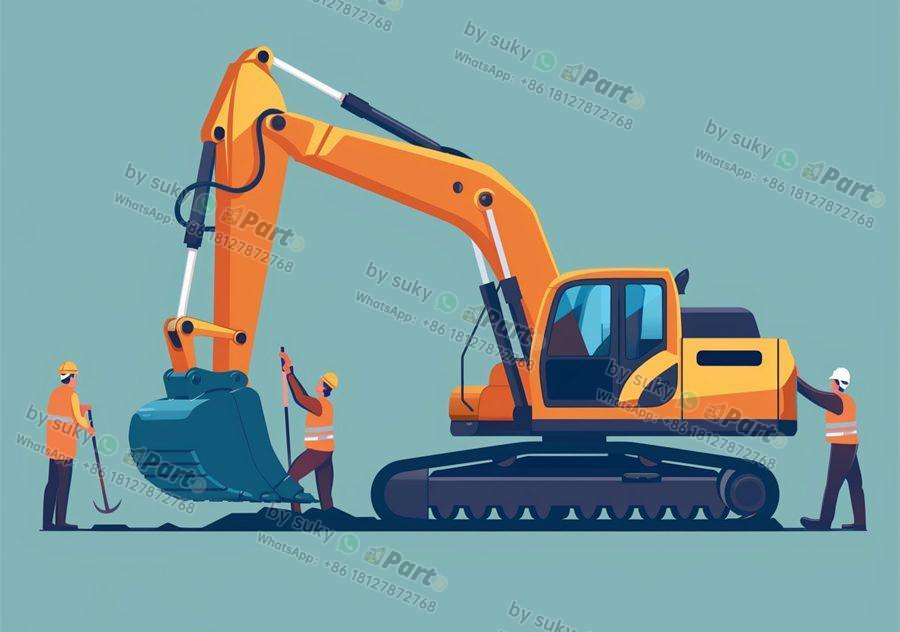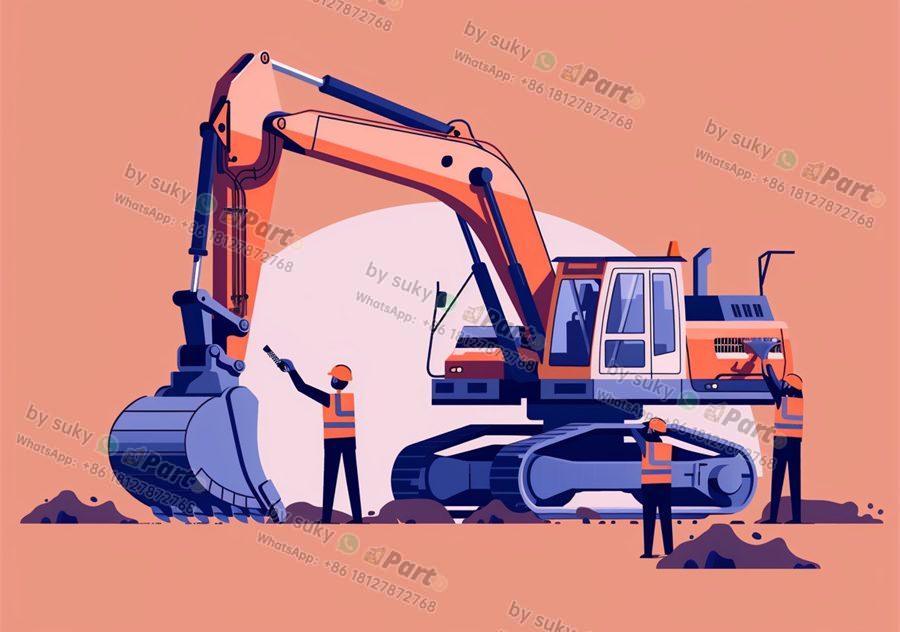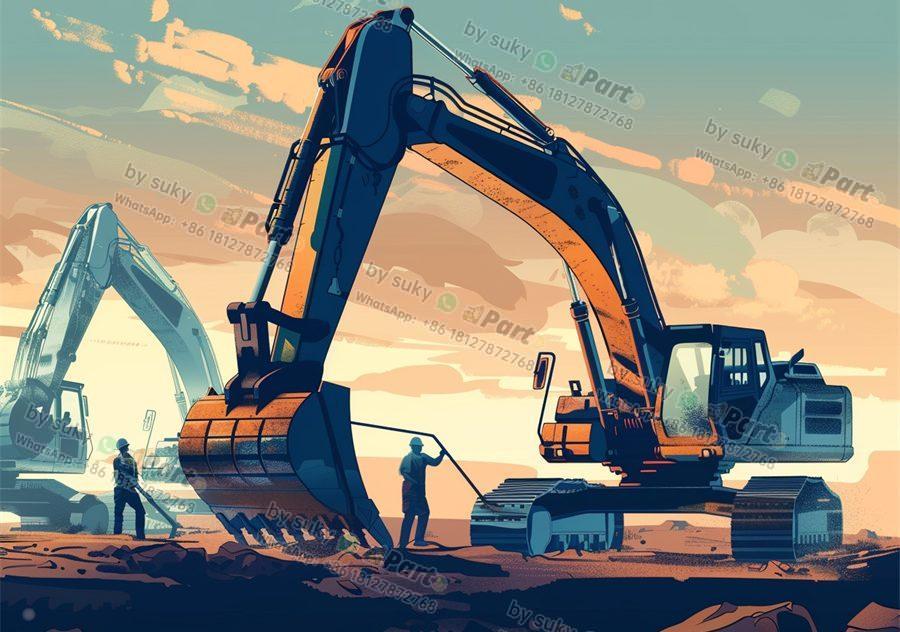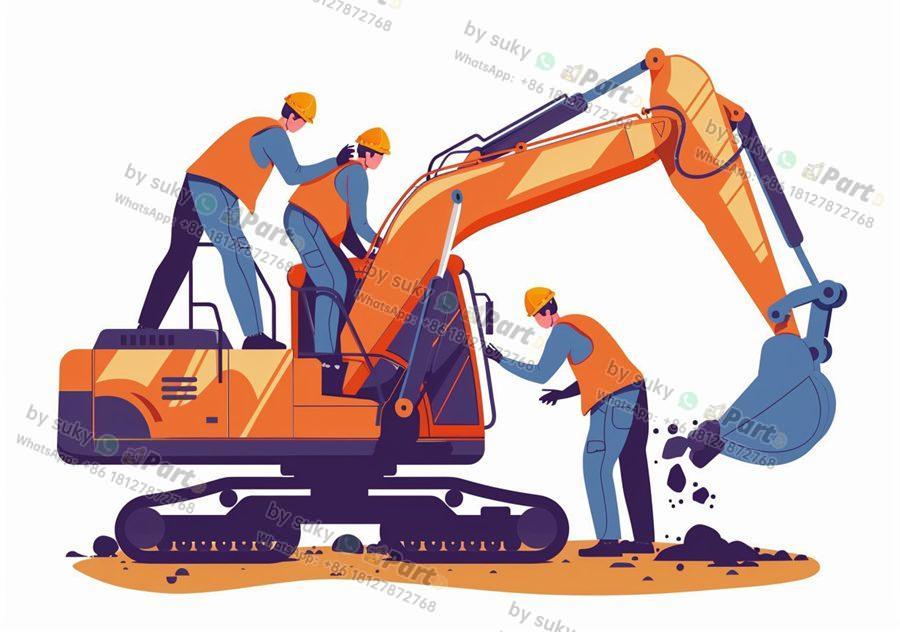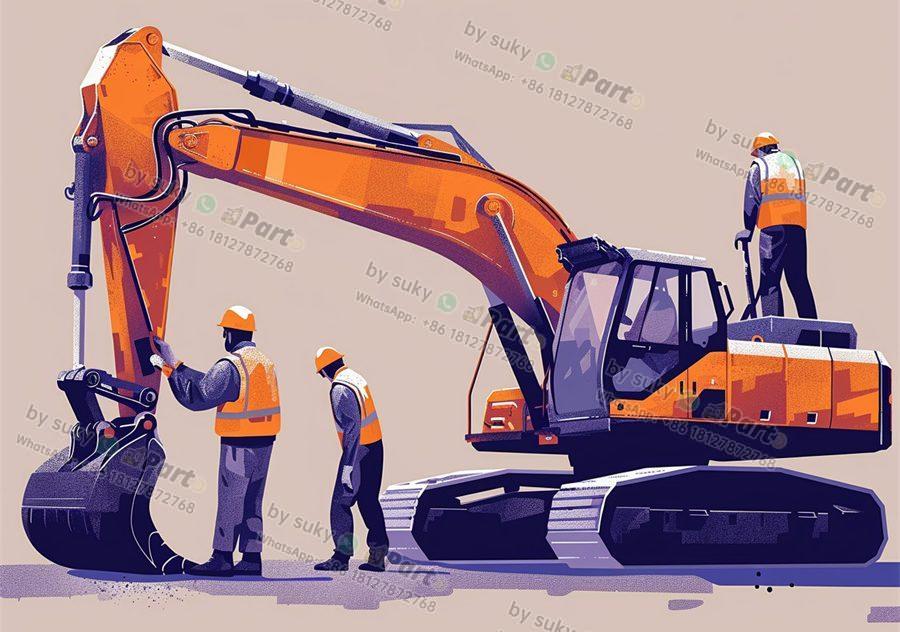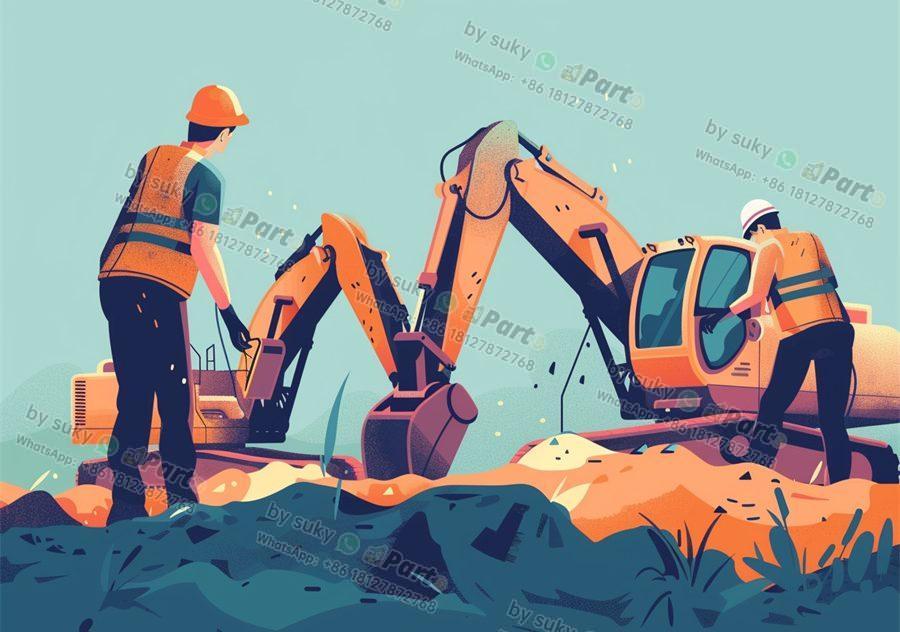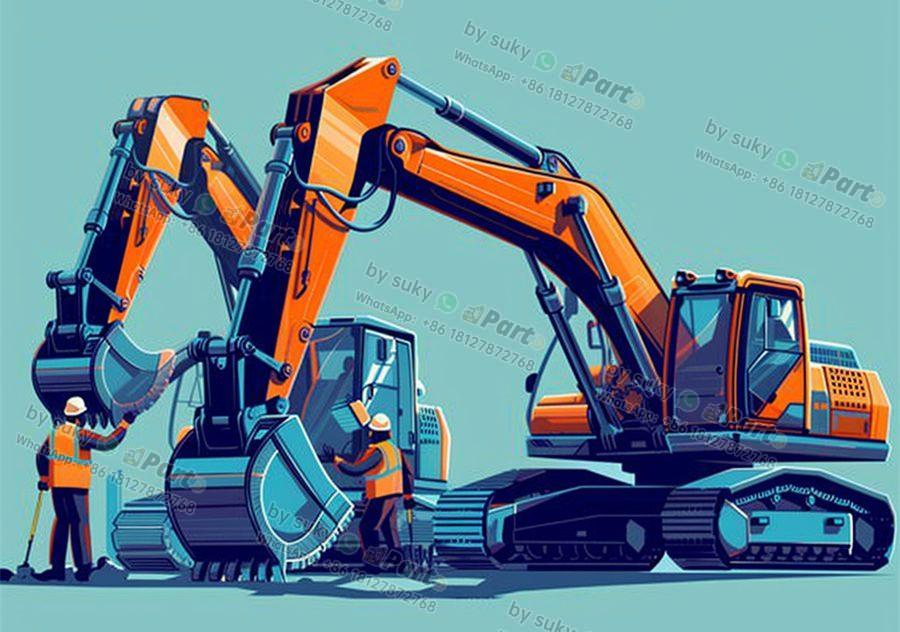Caterpillar parts are known for their durability and reliability, but like any machinery, they require regular maintenance to ensure optimal performance and longevity. As an importer or distributor of engineering vehicle parts, it’s important to provide your customers with the knowledge and tools they need to properly care for their Caterpillar parts. Here are some top tips for maintaining Caterpillar parts.
1. Regular Inspections
One of the most important aspects of maintaining Caterpillar parts is conducting regular inspections. This includes checking for any signs of wear and tear, leaks, or damage. By catching potential issues early, you can prevent costly repairs down the line and extend the life of the parts.
2. Proper Lubrication
Proper lubrication is crucial for the smooth operation of Caterpillar parts. Make sure to use the recommended lubricants and follow the manufacturer’s guidelines for application. Over or under-lubrication can lead to premature wear and damage, so it’s important to get it right.
3. Keep it Clean
Dirt and debris can accumulate on Caterpillar parts, leading to malfunctions and breakdowns. Regularly clean the parts using the appropriate cleaning products and methods. This will not only improve performance but also extend the lifespan of the parts.
4. Store Parts Correctly
Proper storage is key to maintaining Caterpillar parts, especially if they are not immediately installed. Store parts in a clean, dry environment away from extreme temperatures and humidity. Make sure to protect them from dust, moisture, and other contaminants that could cause damage.
In conclusion, proper maintenance is essential for ensuring the longevity and performance of Caterpillar parts. By conducting regular inspections, lubricating correctly, keeping parts clean, and storing them properly, you can help your customers get the most out of their engineering vehicle parts. Providing them with the necessary information and resources for maintenance will not only build trust and loyalty but also contribute to the overall success of your business.

